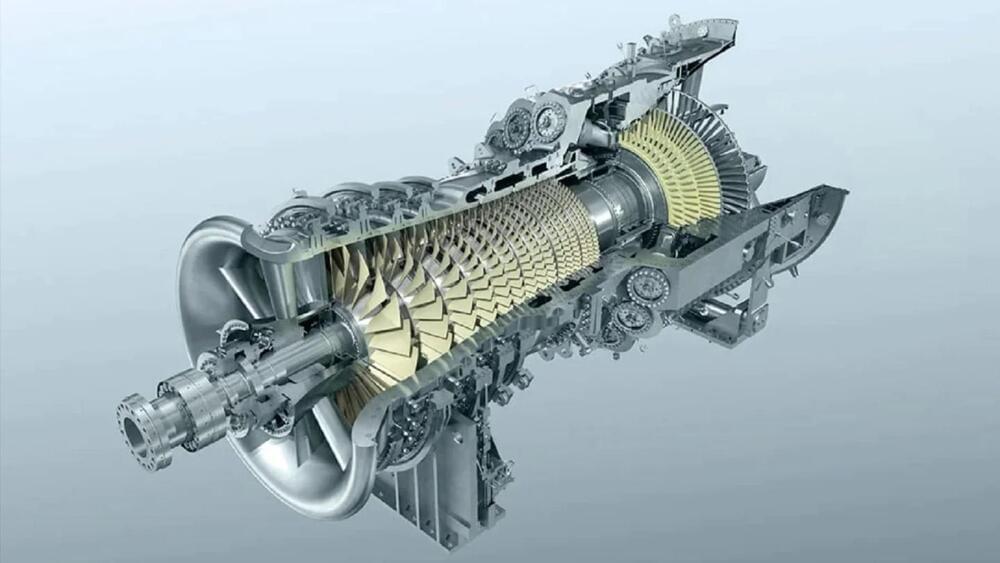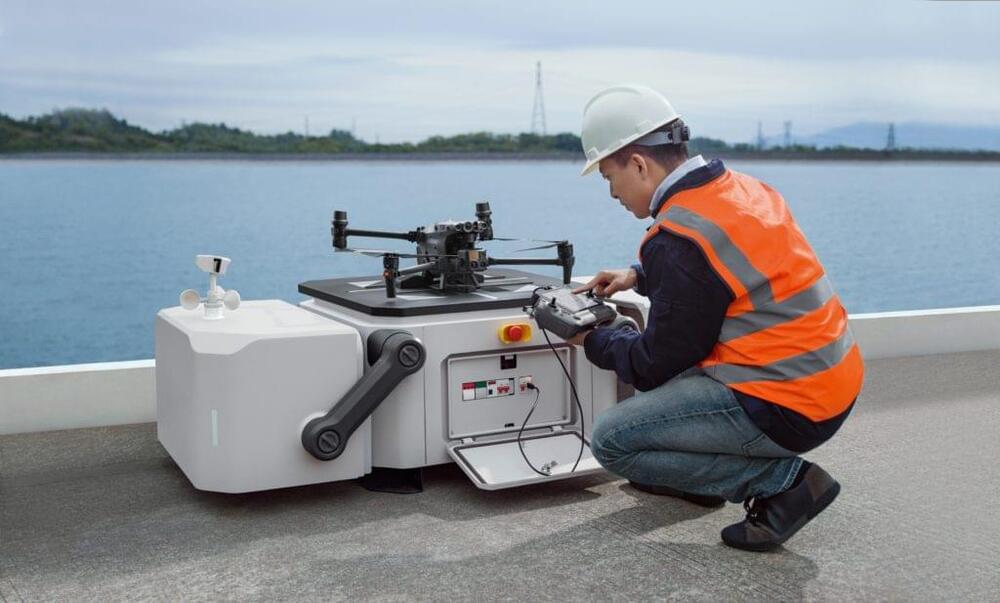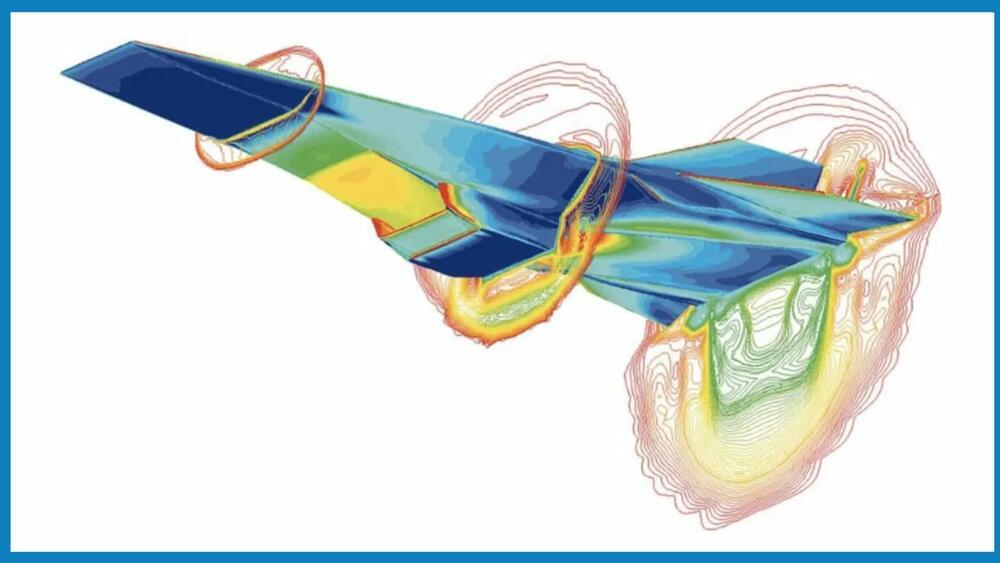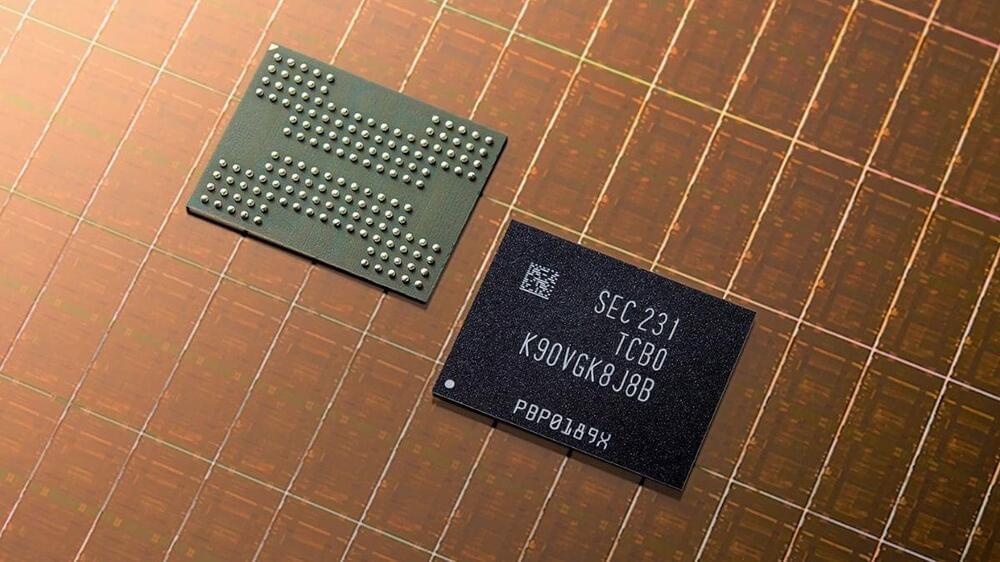AI can revolutionize healthcare and boost economic outcomes. But it comes with a lot of risks, too.
StandardAero will build and help test engines for the Overture supersonic airliner, which Boom Supersonic hopes to have in the air by 2029.
One would not be wrong to note that Toyota’s hydrogen engine exhibits enormous performance characteristics. This engine has the capacity to develop one hundred and fourteen horsepower and one hundred and forty Newton meters of torque and, as such, can be used in different car types.
The power-to-weight ratio is also impressive, at 125 horsepower per ton and CO2 emissions of 144 g/km, the thermal efficiency of the engine is 44%, far higher than any traditional gasoline engine. This high efficiency concerns better fuel economy and fewer emissions. The fueling system can also be said to be one of the peculiarities of the hydrogen engine that Toyota uses.
FAA approves the first Category 2 drone for flight over people with AVSS PRS-M3DT parachute: drones with DJI dock.
A new NASA-funded study has revealed for the first time that the airflow in supersonic combusting jet engines can be controlled by an optical sensor.
The finding can lead to more efficient stabilization of hypersonic jet aircraft, according to the study carried out by the researchers at the University of Virginia, School of Engineering and Applied Science.
The research allows operators to control airflow at the speed of light when a ‘shock train’ occurs. A shock train is a condition that precedes engine failure within a scramjet engine.
The ferroelectric material transistor could be used to make NVMe SSDs last a whole lot longer.
Imagine a crew of astronauts headed to Mars. About 140 million miles away from Earth, they discover their spacecraft has a cracked O-ring. But instead of relying on a dwindling cache of spare parts, what if they could simply fabricate any part they needed on demand?
A team of Berkeley researchers, led by Ph.D. student Taylor Waddell, may have taken a giant leap toward making this option a reality. On June 8, they sent their 3D printing technology to space for the first time as part of the Virgin Galactic 7 mission.
Their next-generation microgravity printer—dubbed SpaceCAL—spent 140 seconds in suborbital space while aboard the VSS Unity space plane. In that short time span, it autonomously printed and post-processed a total of four test parts, including space shuttles and benchy figurines from a liquid plastic called PEGDA.
At the mere flick of a magnetic field, mice engineered with nanoparticle-activated ‘switches’ inside their brains were driven to feed, socialize, and act like clucky new mothers in an experiment designed to test an innovative research tool.
While ’mind control’ animal experiments are far from new, they have generally relied on cumbersome electrodes tethering the subject to an external system, which not only requires invasive surgery but also sets limits on how freely the test subject can move about.
In what is claimed to be a breakthrough in neurology, researchers from the Institute for Basic Science (IBS) in Korea have developed a method for targeting pathways in the brain using a combination of genetics, nanoparticles, and magnetic fields.









